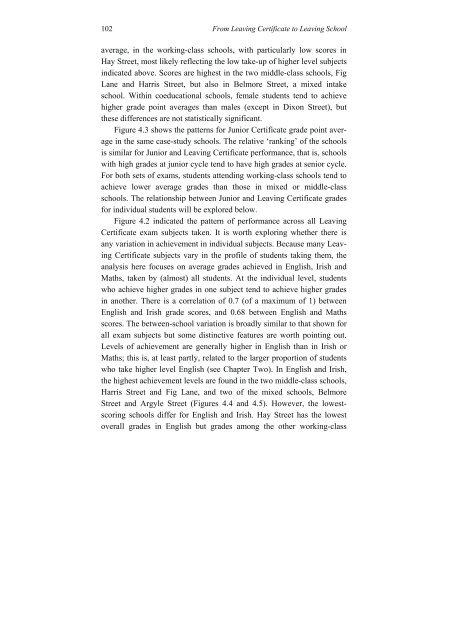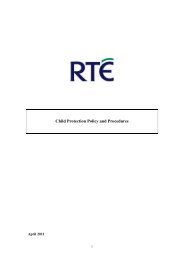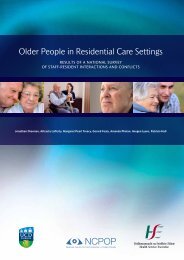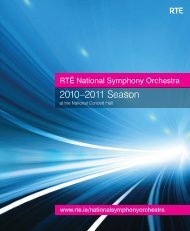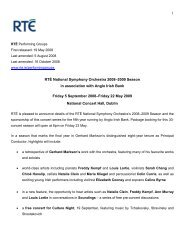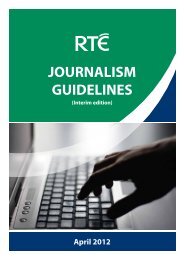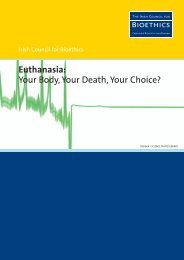From Leaving CertiFiCate to Leaving SChooL a Longitudinal Study ...
From Leaving CertiFiCate to Leaving SChooL a Longitudinal Study ...
From Leaving CertiFiCate to Leaving SChooL a Longitudinal Study ...
You also want an ePaper? Increase the reach of your titles
YUMPU automatically turns print PDFs into web optimized ePapers that Google loves.
102<br />
<strong>From</strong> <strong>Leaving</strong> Certificate <strong>to</strong> <strong>Leaving</strong> School<br />
average, in the working-class schools, with particularly low scores in<br />
Hay Street, most likely reflecting the low take-up of higher level subjects<br />
indicated above. Scores are highest in the two middle-class schools, Fig<br />
Lane and Harris Street, but also in Belmore Street, a mixed intake<br />
school. Within coeducational schools, female students tend <strong>to</strong> achieve<br />
higher grade point averages than males (except in Dixon Street), but<br />
these differences are not statistically significant.<br />
Figure 4.3 shows the patterns for Junior Certificate grade point average<br />
in the same case-study schools. The relative ‘ranking’ of the schools<br />
is similar for Junior and <strong>Leaving</strong> Certificate performance, that is, schools<br />
with high grades at junior cycle tend <strong>to</strong> have high grades at senior cycle.<br />
For both sets of exams, students attending working-class schools tend <strong>to</strong><br />
achieve lower average grades than those in mixed or middle-class<br />
schools. The relationship between Junior and <strong>Leaving</strong> Certificate grades<br />
for individual students will be explored below.<br />
Figure 4.2 indicated the pattern of performance across all <strong>Leaving</strong><br />
Certificate exam subjects taken. It is worth exploring whether there is<br />
any variation in achievement in individual subjects. Because many <strong>Leaving</strong><br />
Certificate subjects vary in the profile of students taking them, the<br />
analysis here focuses on average grades achieved in English, Irish and<br />
Maths, taken by (almost) all students. At the individual level, students<br />
who achieve higher grades in one subject tend <strong>to</strong> achieve higher grades<br />
in another. There is a correlation of 0.7 (of a maximum of 1) between<br />
English and Irish grade scores, and 0.68 between English and Maths<br />
scores. The between-school variation is broadly similar <strong>to</strong> that shown for<br />
all exam subjects but some distinctive features are worth pointing out.<br />
Levels of achievement are generally higher in English than in Irish or<br />
Maths; this is, at least partly, related <strong>to</strong> the larger proportion of students<br />
who take higher level English (see Chapter Two). In English and Irish,<br />
the highest achievement levels are found in the two middle-class schools,<br />
Harris Street and Fig Lane, and two of the mixed schools, Belmore<br />
Street and Argyle Street (Figures 4.4 and 4.5). However, the lowestscoring<br />
schools differ for English and Irish. Hay Street has the lowest<br />
overall grades in English but grades among the other working-class


